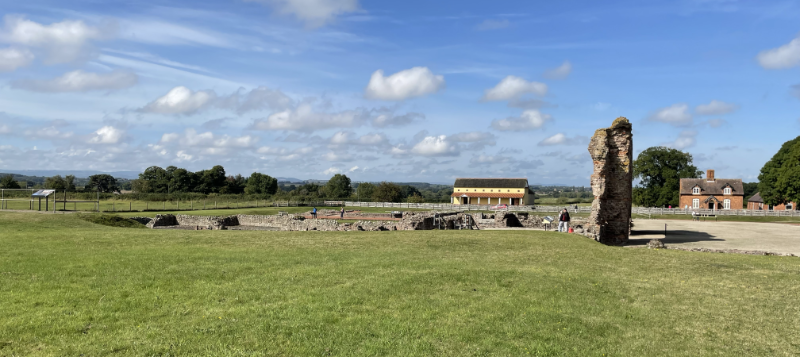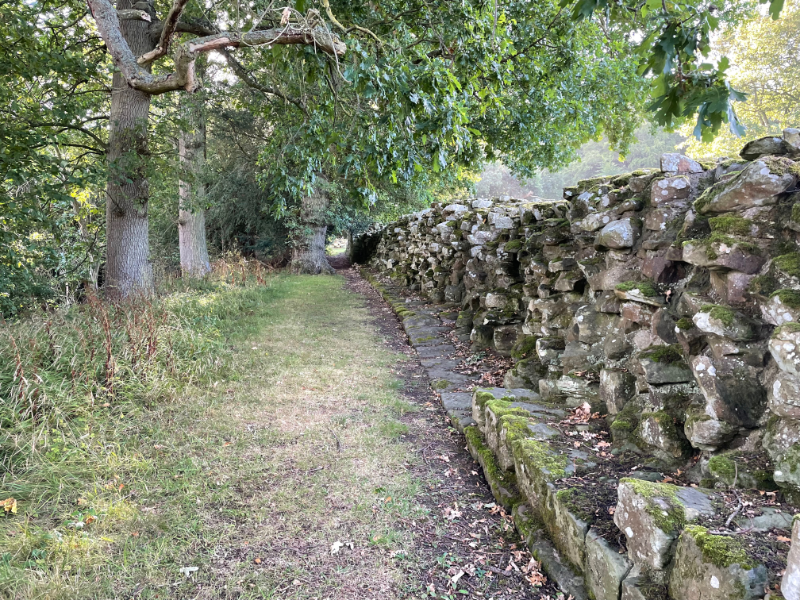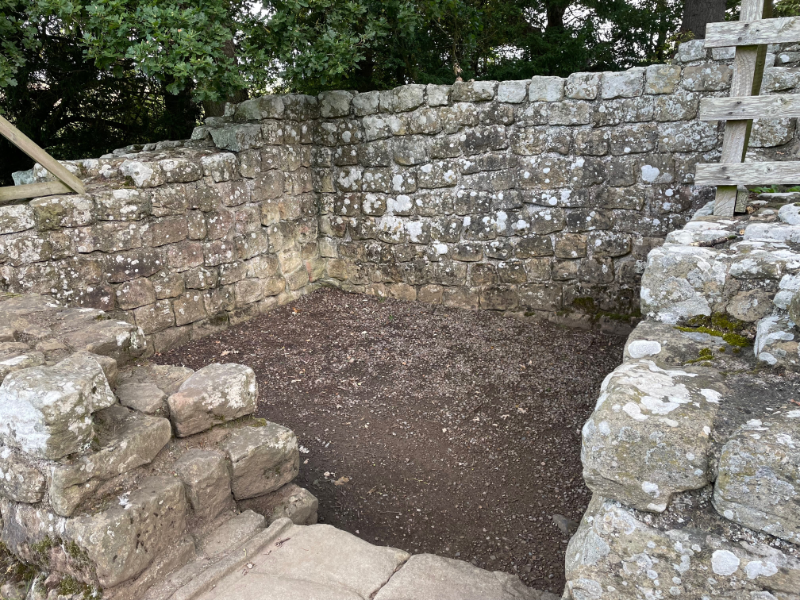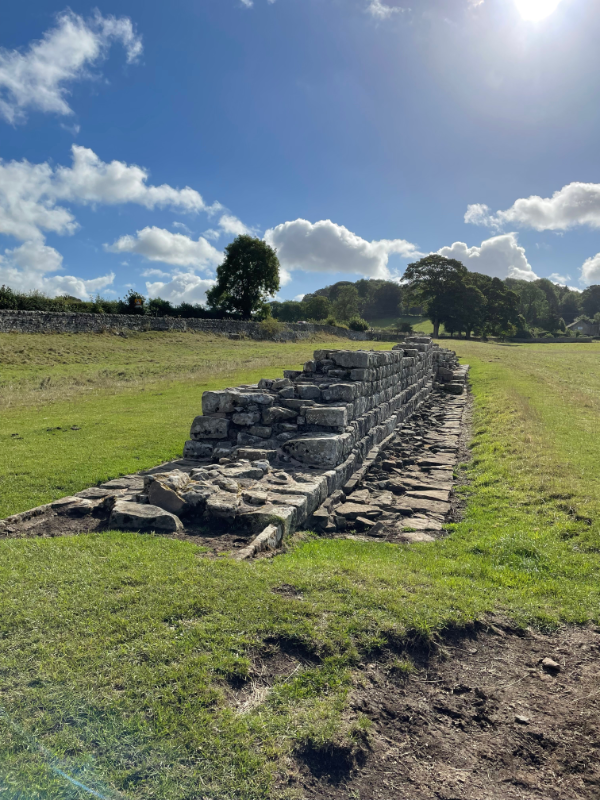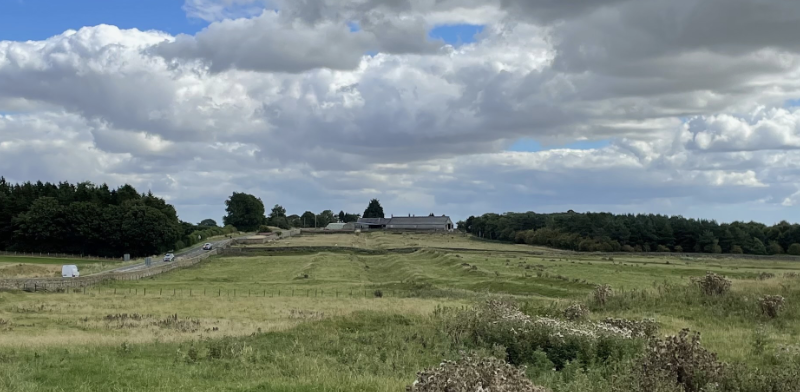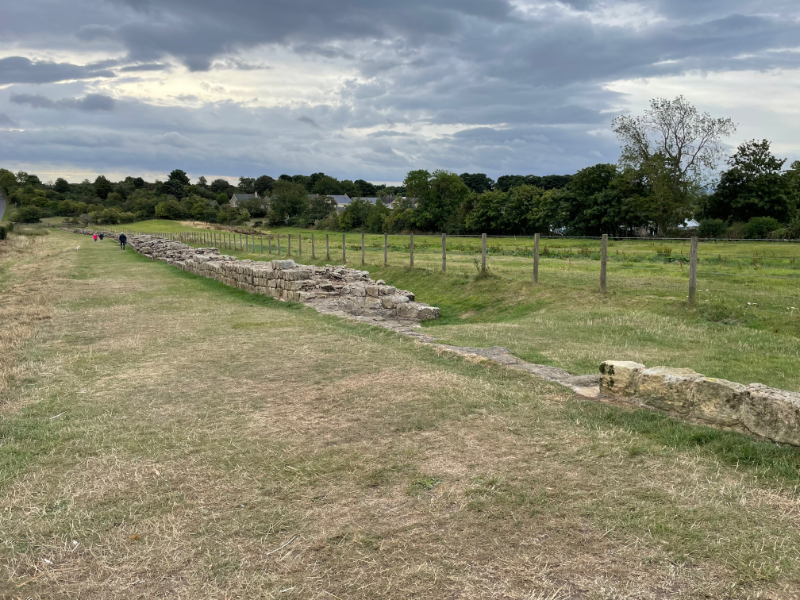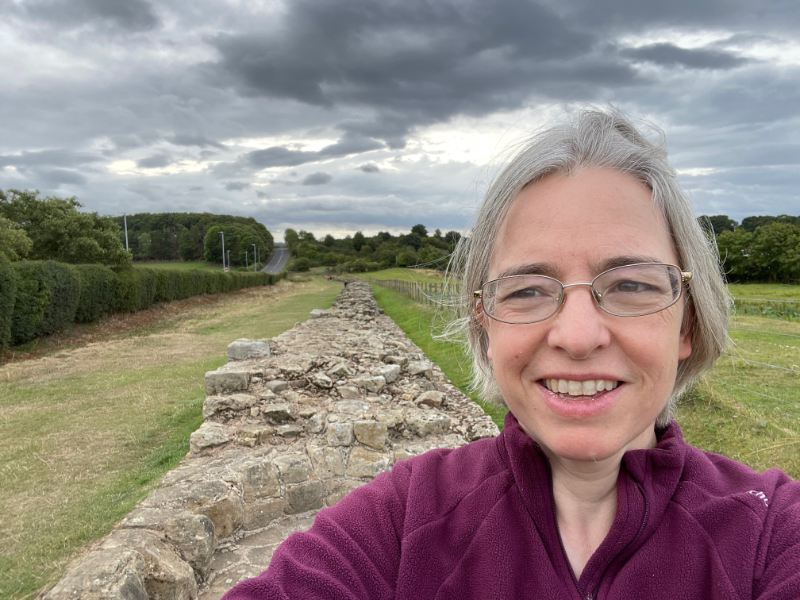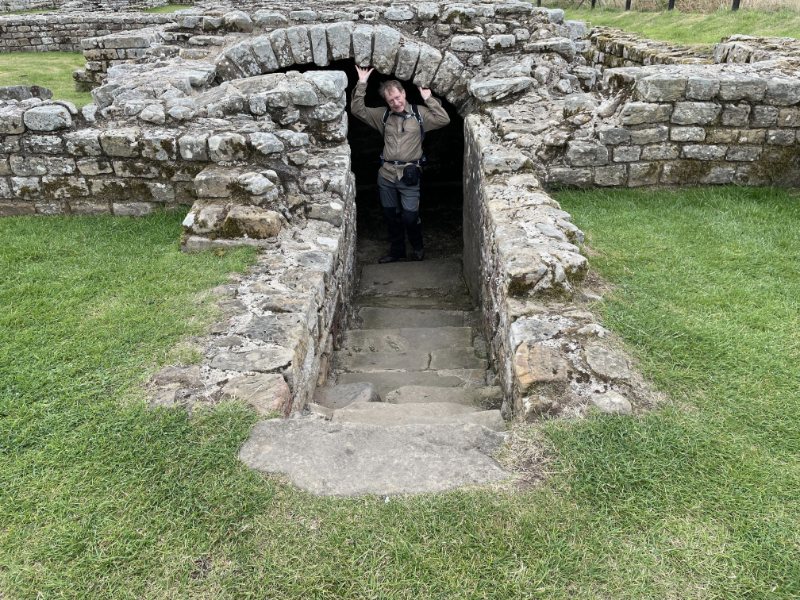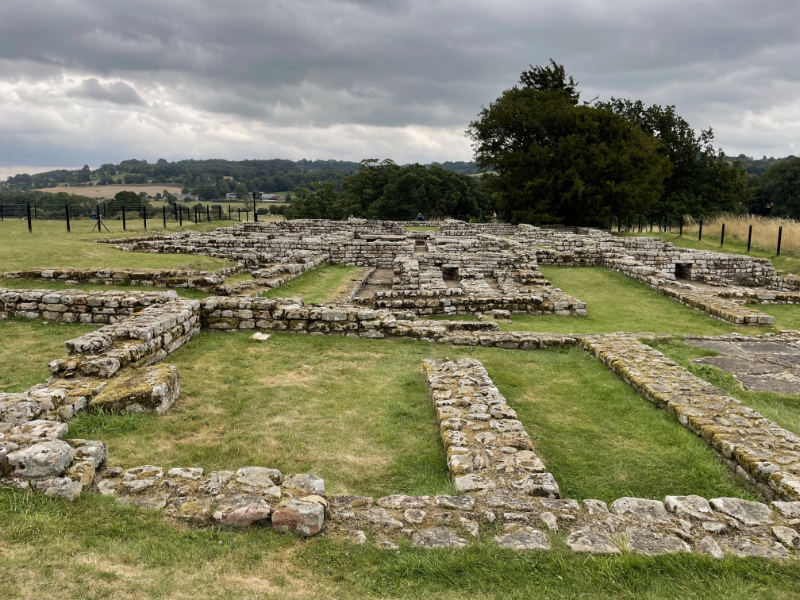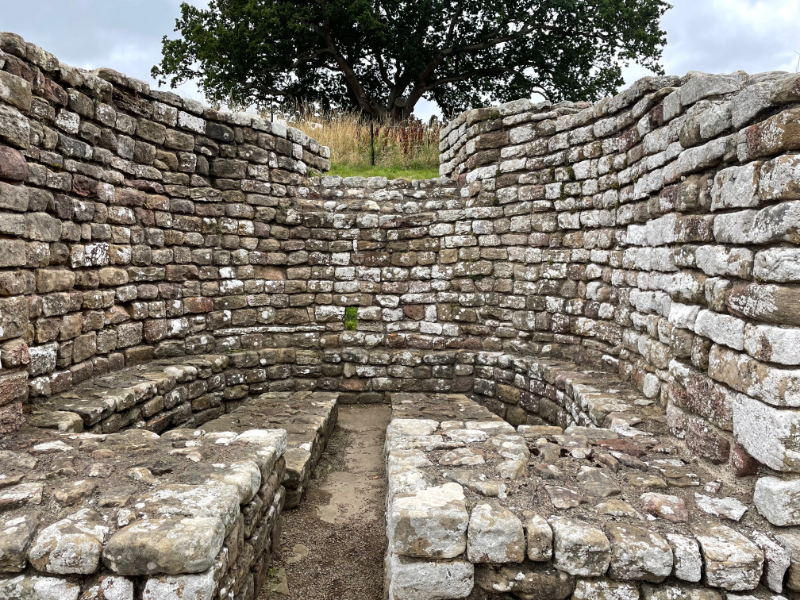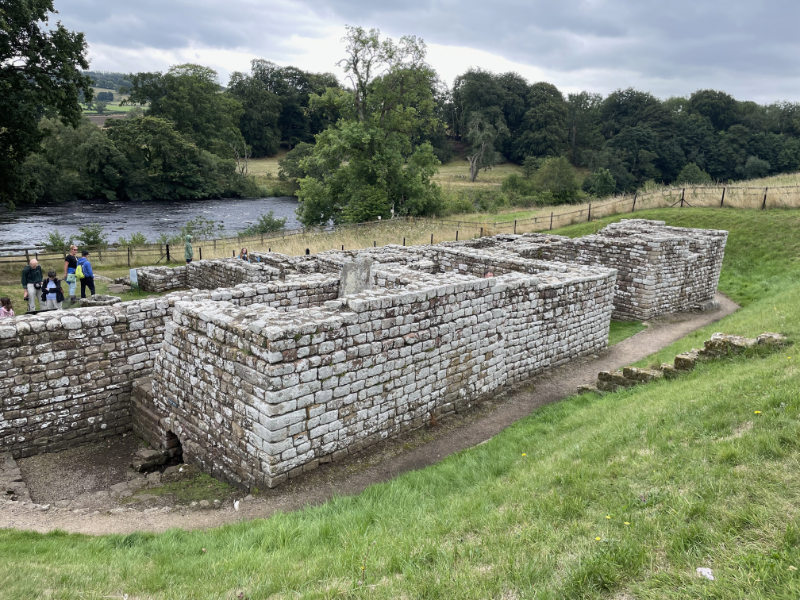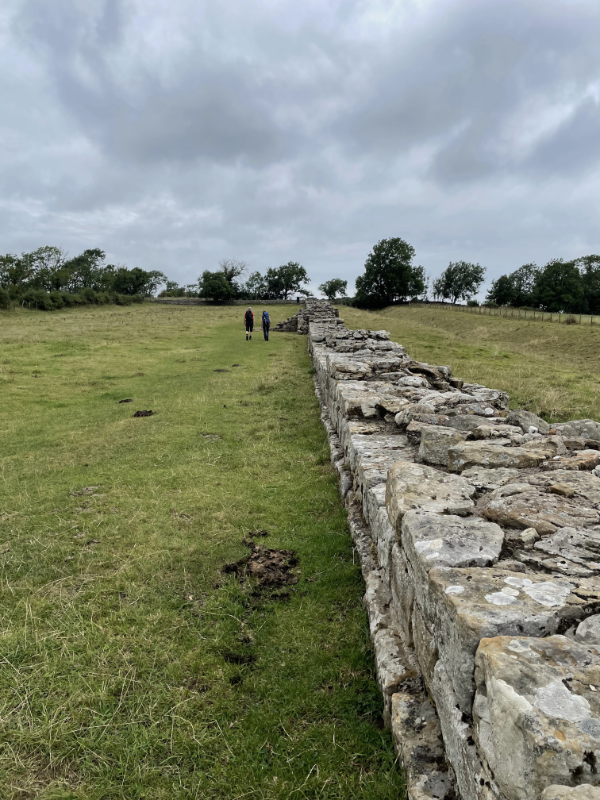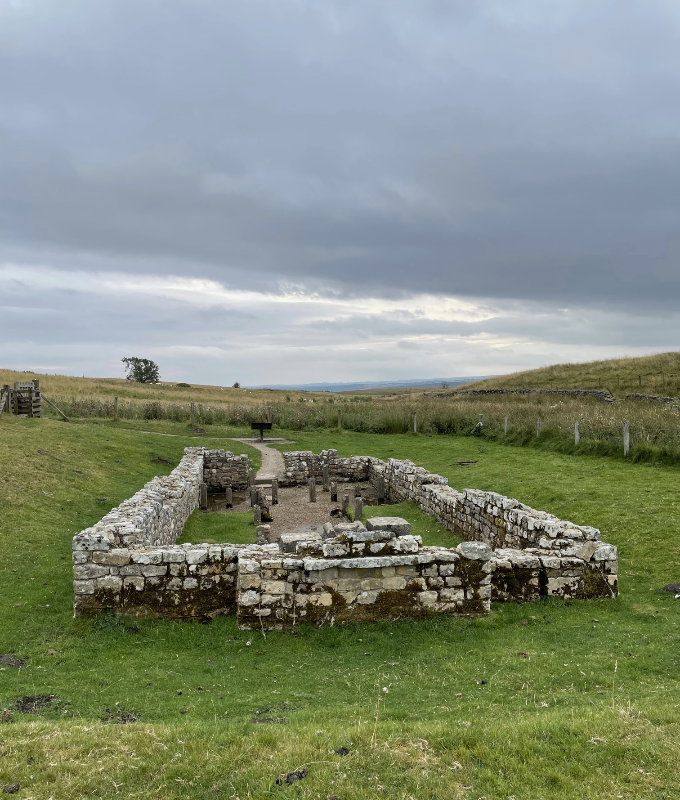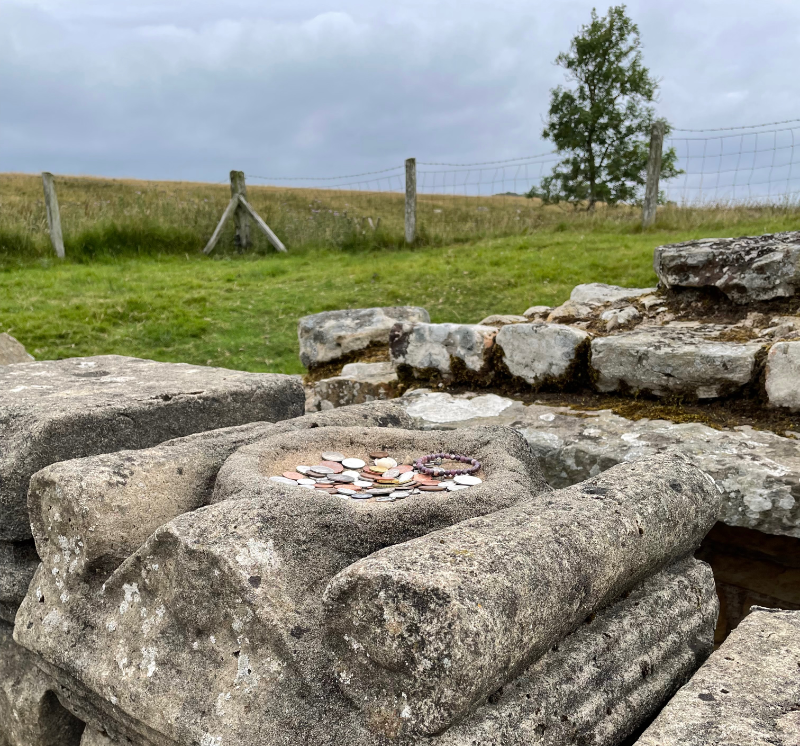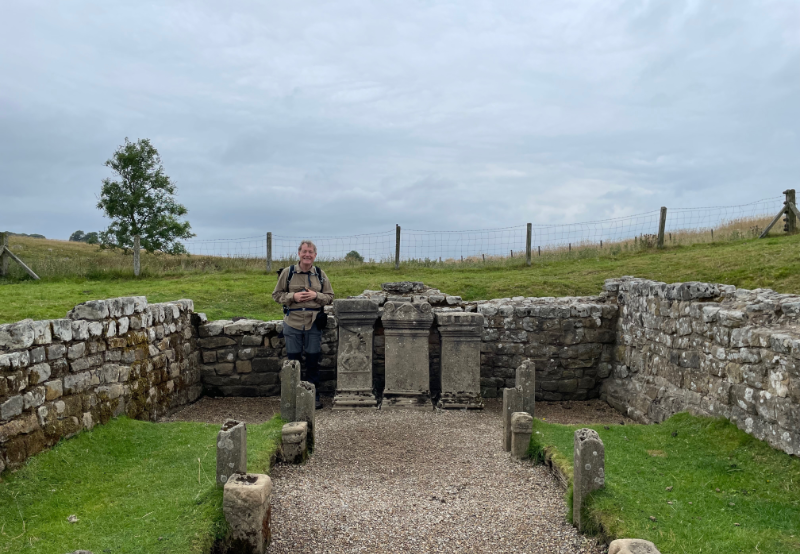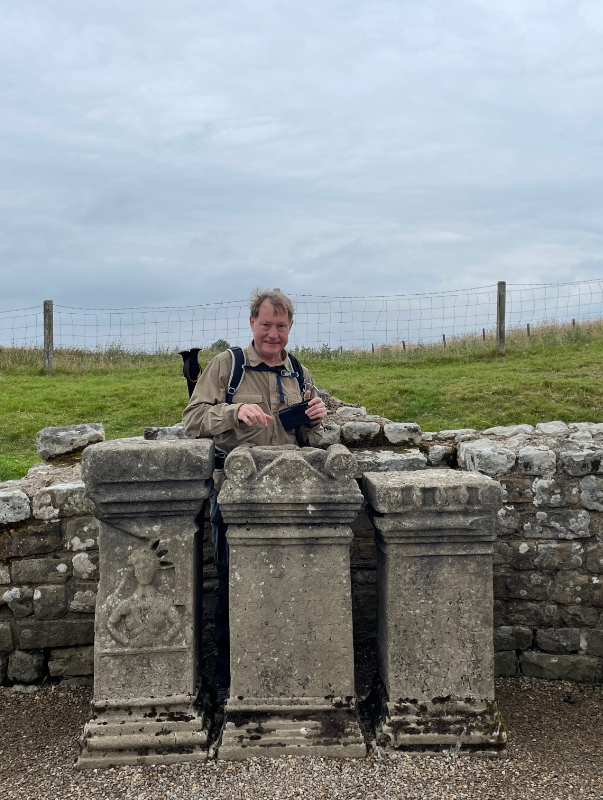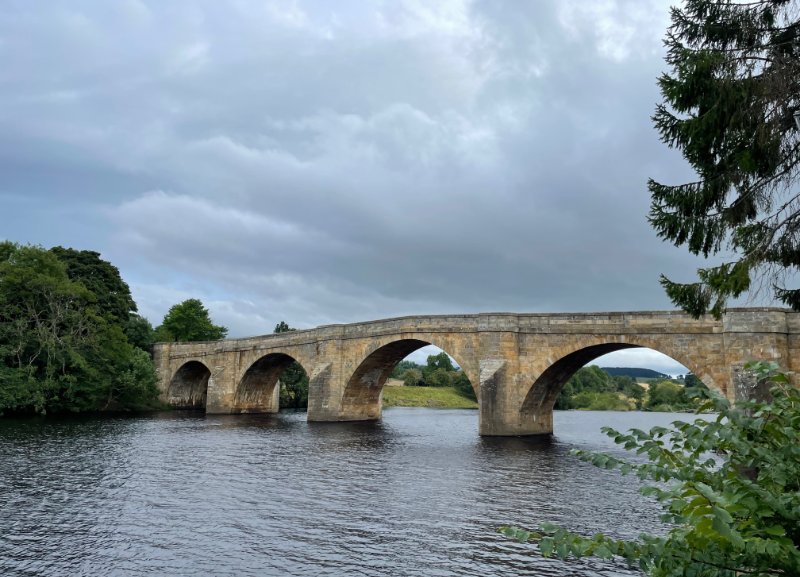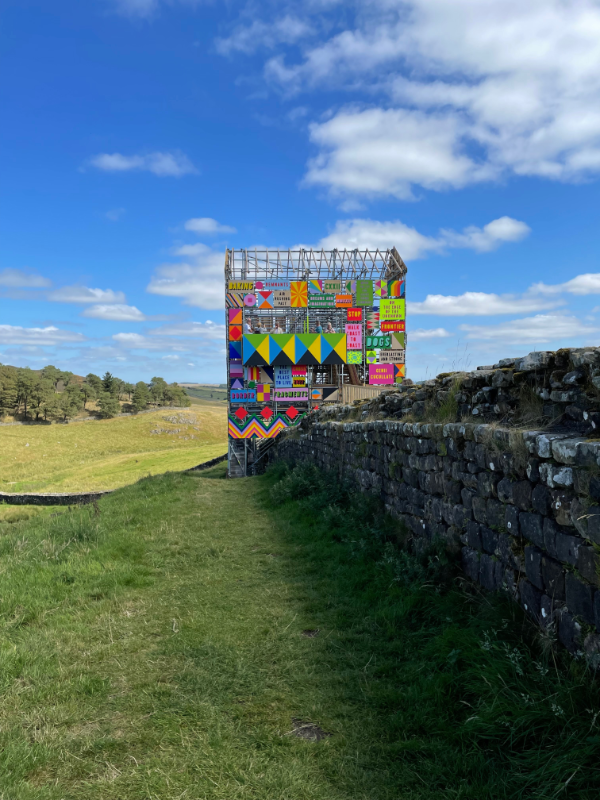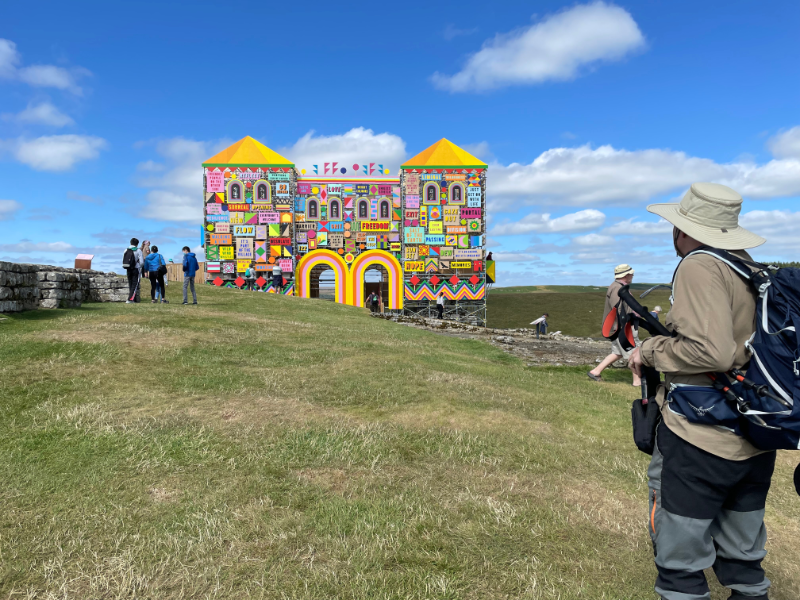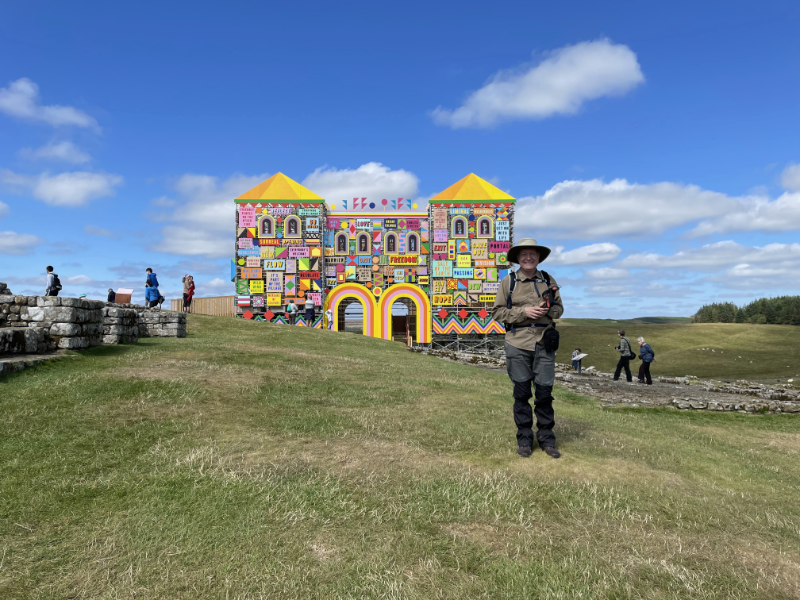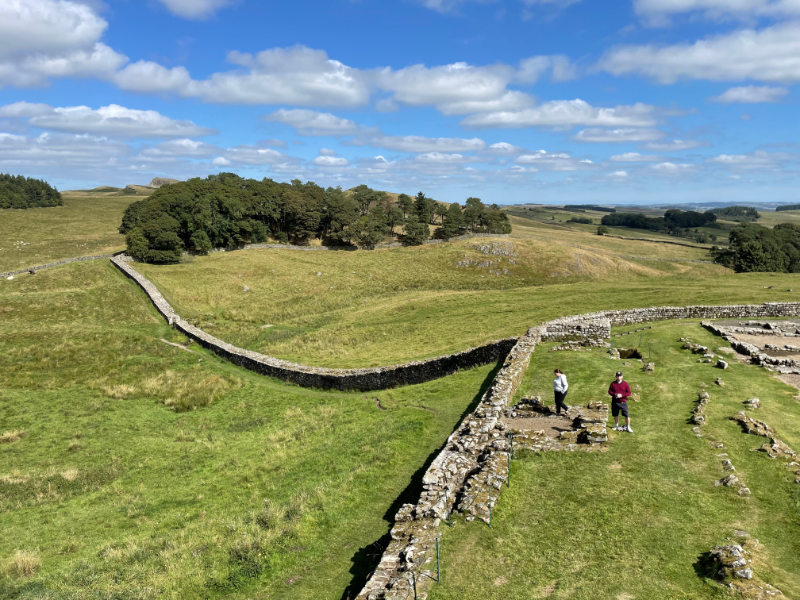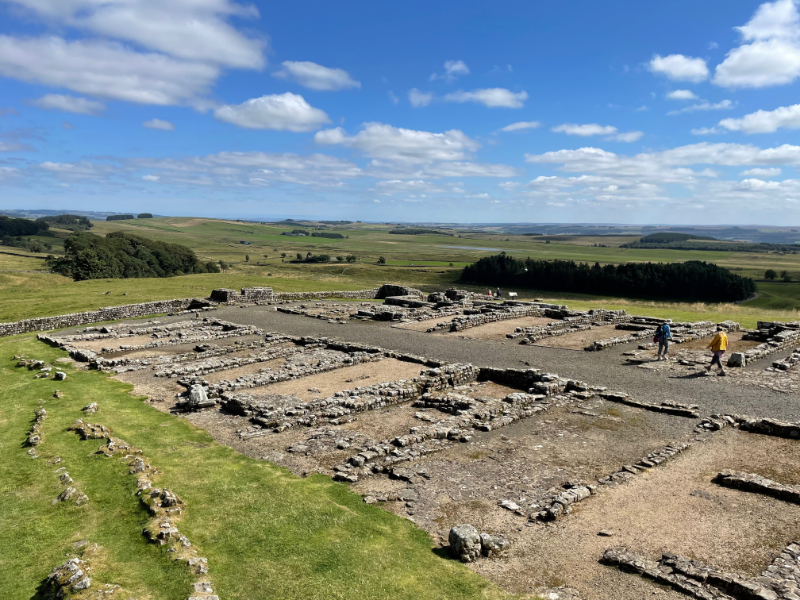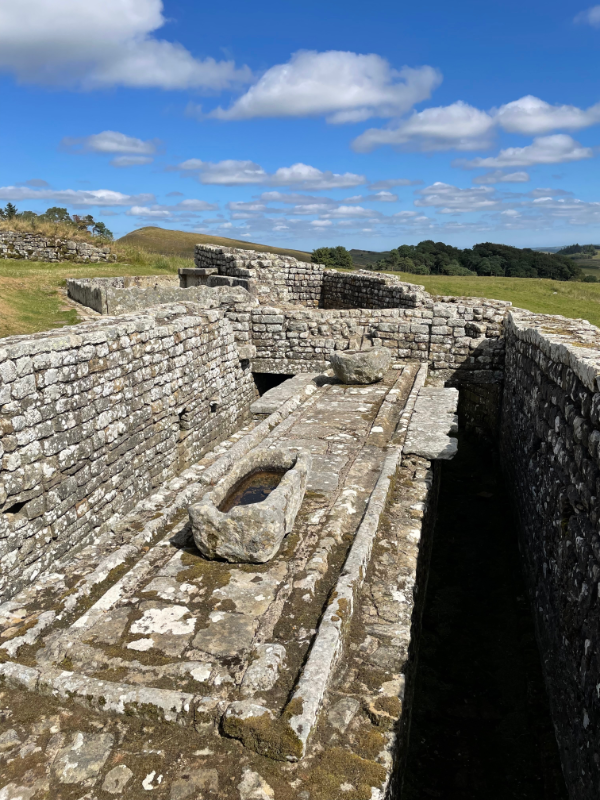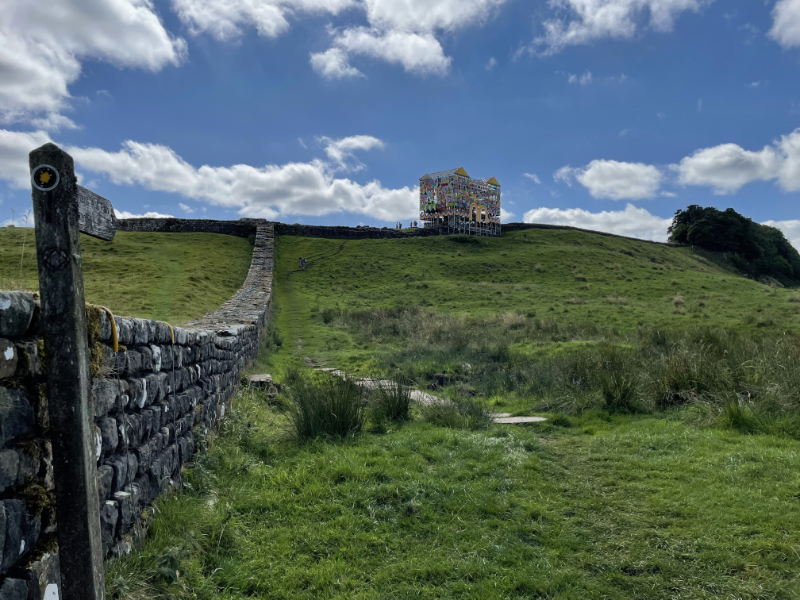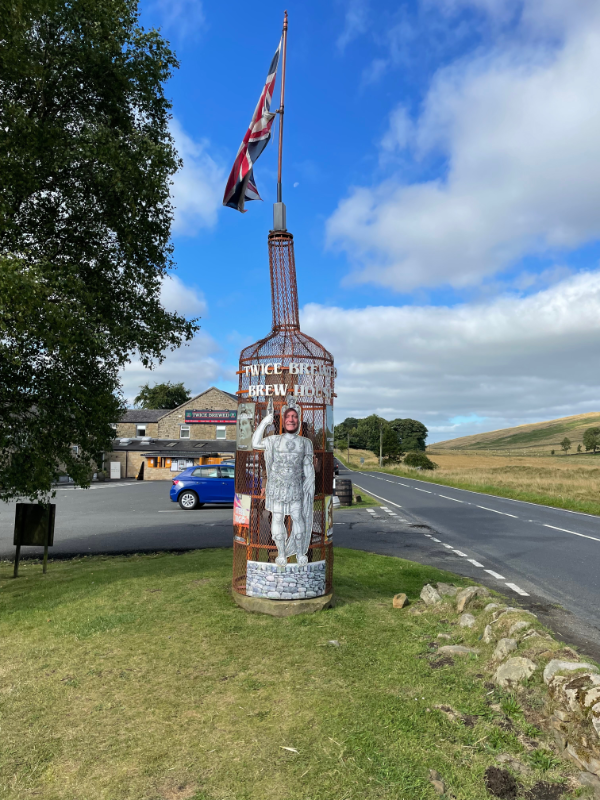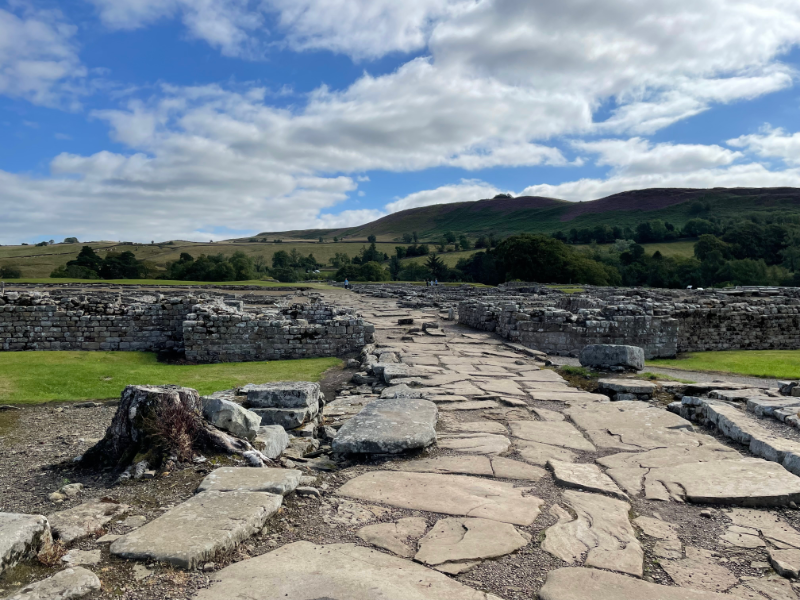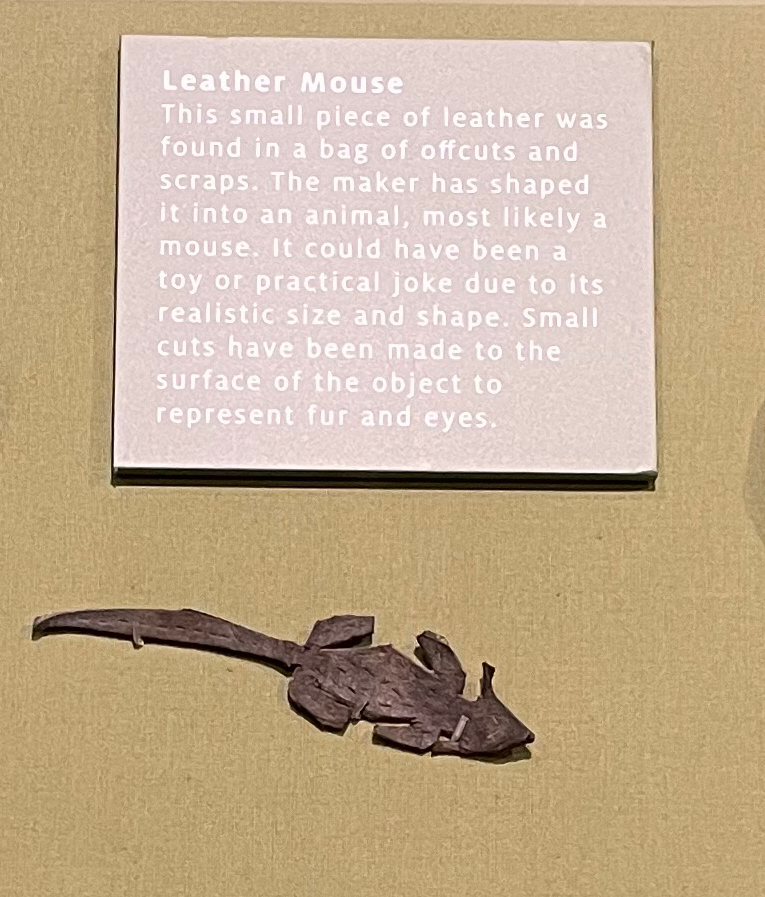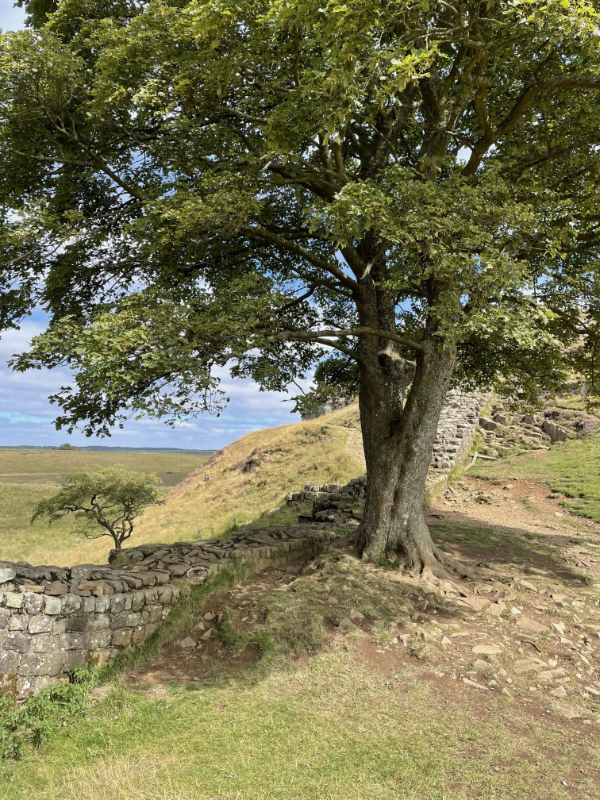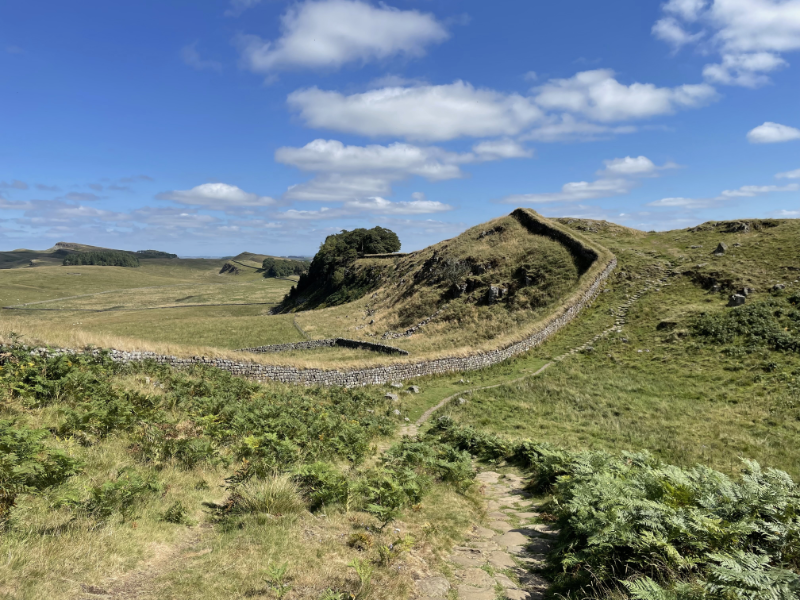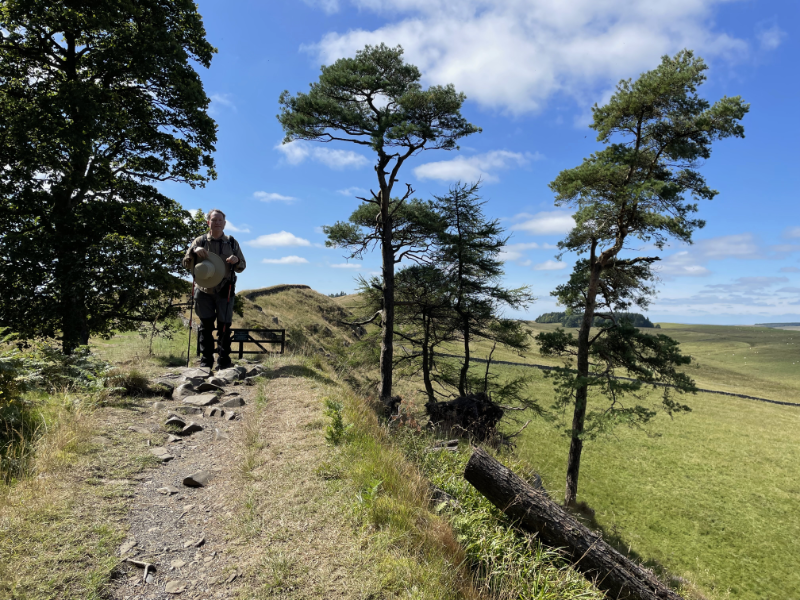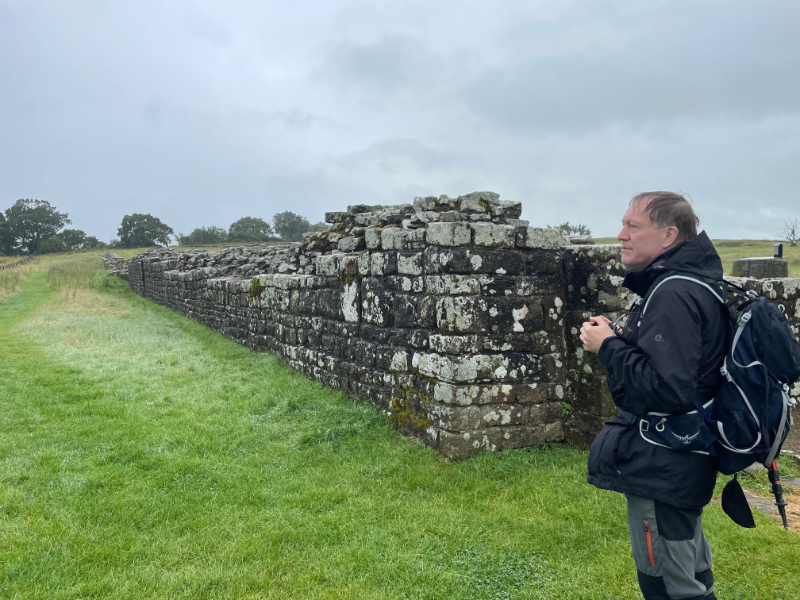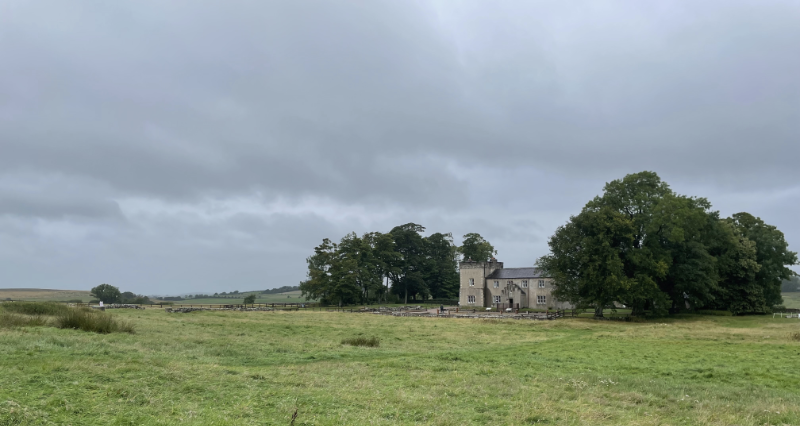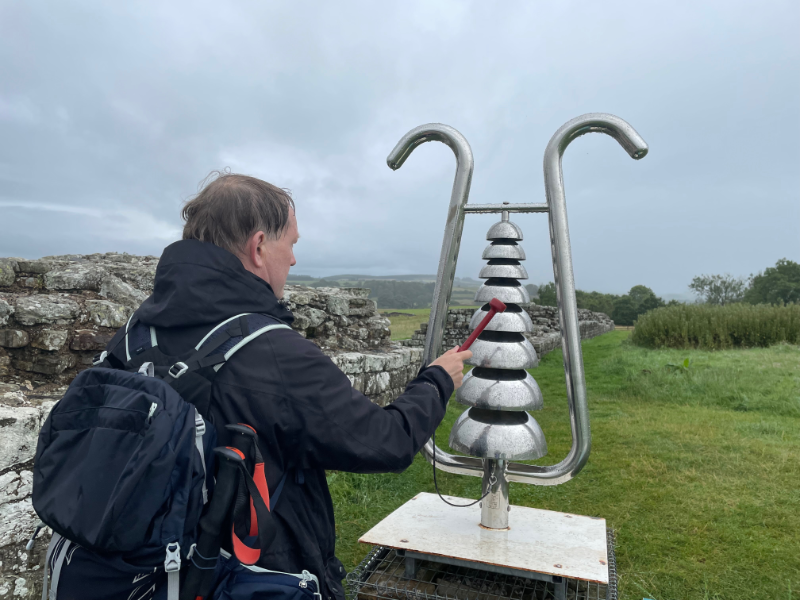While B. and I are not habitual Scottish mountain climbers, we have both climbed a fair few in our time. In fact I had climbed Ben Nevis as a teenager with my father. So we, broadly speaking, feel we know what we are doing when it comes to mountains. The various guide books and websites warned of unexpectedly bad weather at the summit, and the possibility of falling off a cliff to your death in the mist, and advised taking survival gear, first aid kits, spare clothing and numerous other items up the mountain.
It was a Saturday in August, the world and his wife would be climbing the mountain, and the weather forecast said it would be cloudy but dry. We were pretty sure we knew what we were doing and set out with the walking gear we had taken with us all trip. We were walking up what used to be called the "The Tourist Track" but has been rebranded the Mountain Track. How hard could it be?
The World and his Wife were, indeed, climbing the mountain. Our excellent taxi driver advised starting (and ending) at the Ben Nevis Inn which made the route a little longer than starting at the Youth Hostel but with a smidgen less up. We found ourselves more or less in a queue of people going up the mountain. Occasionally energetic looking souls ran past us in the opposite direction (more of this anon). The going was steep but steady and, indeed, the Strava profile shows a steady gradient all the way up. The path alternated between gravel, paved steps, and the odd rocky patch that needed to be scrambled over. We set off just before 9am. Around 11:30 we crossed a stream below a waterfall which seemed to be giving people pause - I say "seemed" because this manifested as largish crowds either side of the stream eating sandwiches. The path then started zig-zagging up the mountain. By this time the crowd had thinned a bit, and it no longer felt like walking in a queue.
It was when we walked into the cloud covering the top of the mountain that things began to get a bit trying. The wind picked up and the non-existent rain started out as "Scottish Mist", upgraded to drizzle and then began to rain in earnest. The visibility slowly got worse until we couldn't even see the next cairn from the current one, and I could barely see at all because of the rain on my glasses. We passed someone lying on the path in an orange survival bag, surrounded by anxious friends. Around this point, it occurred to me that I didn't have a survival bag and should I slip and twist an ankle, I'd be stuck two thirds of the way up Britain's highest mountain, in a rain storm in only the clothes I was wearing until such time as Mountain Rescue arrived.
It got colder. The wind picked up.
We reached the top at midday. B. suggested I have lunch. "I don't want lunch, I just want to leave!" I said. The rain was cold and I was losing feeling in my hands, because I'd foolishly come without gloves (though B. said his gloves, once wet, didn't help much).
( I did take a photo )We headed back down as the weather got dramatically worse. The wind became a gale. The rain almost, but not quite, became hail. I lost all feeling in my fingers which were gripped around my walking sticks. I could barely see. As B. noted, it was a good job the World and his Wife were climbing the mountain since even if we couldn't walk from cairn to cairn, we could walk to the next person.
I don't think I've ever been on the summit of Ben Nevis when one could actually see what the terrain was like but some googling tells me that it looks like this.
( Ben Nevis Summit )Anyway, we didn't fall off and the weather slowly improved as we descended. The person in the orange survival bag was gone. The details were a bit unclear but it sounded, from the gossip around us, that they had been stretchered off the mountain - possibly to be collected by the helicopter that we heard for a long time before we could see it, hovering above the path.
( Mountain Rescue Helicopter )Once out of the clouds it honestly wasn't that bad. It wasn't raining. It got gradually warmer. Feeling returned to my hands. We were both very tired once we got back to the Ben Nevis Inn which served an excellent bitter and where I, finally, ate my lunch.
As we left the inn in another taxi, Mountain Rescue were once again unloading stretchers to head back up the mountain. The taxi driver told us that there is a race up the mountain a the start of September and Mountain Rescue are always particularly busy that day. It took us around 7.5 hours to get up and down the thing, the running record is just over an hour and twenty minutes.
I hope, on any other mountain, we'd have given up about half an hour into the mist and rain. The only thing that made this remotely safe was the sheer number of people on the mountain. If I had needed a survival bag, them someone nearby would have had one, and a walkie talkie. Even so, it was a salutary lesson in not taking Scottish mountains for granted.
On the plus side, adding in Ben Nevis (just over 5 miles up and 5 miles down), meant we topped 100 miles walked for the trip and B, who had never been up Ben Nevis before, got to tick it off his bucket list.
